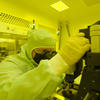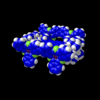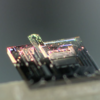You are here
The second NanoCar Race is off to a good start
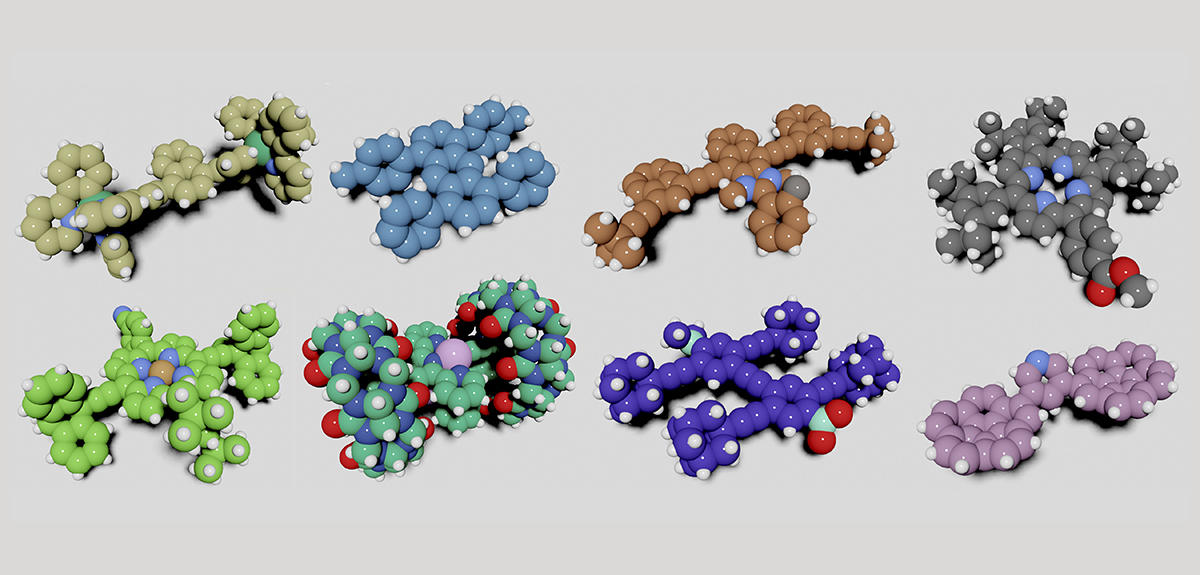
Five years after the first NanoCar Race, this new and – to say the least – unique race is finally returning to the CEMES.1 Why such a long wait?
Christian Joachim:2 The very first molecule-car race in April 2017 required four years of preparation. For this second edition, the call for applications was made in March 2018, with a view to holding the competition in Toulouse in 2020. In late 2019, the international organising committee selected 11 teams from the 23 statements of intent submitted from all continents. Everything was in place for the race to be held in the spring of 2020. Unfortunately the Covid-19 epidemic broke out, forcing us to put the event on standby until July 2021. After this long break, only eight teams remained. We interviewed them by videoconference in September 2021, with support from the French embassies in their respective countries as well as the CNRS offices abroad, in order to confirm their level of commitment. The eight teams then travelled to Toulouse on 23 November, 2021 to officially present their molecule-car during C’NANO 2021. Together we set a date for the race.
What is the MEechanics with MOlecule(s) (MEMO) project, which this new edition of the NanoCar Race is part of?
C. J.: To secure funding for this event, we decided to make it one of the deliverables for the MEMO H2020 project that began in October 2017. This European scheme included six academic partners.3 Its objective was to understand the mechanical rotational motion of a single molecule-machine on a supporting surface, for instance by constructing gears with a diameter of one nanometre and a rotation axis consisting of a single atom. Developing molecule-motors is another one of the MEMO project’s objectives. Among other things, this second component involves measuring the motive force of a single molecule-motor. Connecting the second edition of the NanoCar Race to this project will enable us to more widely disseminate the scientific knowledge gained by controlling a single mechanical molecule, and be more specific than solution-based experiments.
How does the scanning tunneling microscope that will capture the images of the race and fuel the molecule-cars operate?
C. J.: We are mostly using the imaging function of the scanning tunneling microscope (STM). With a single atom at its tip, this high-precision instrument can scan a material’s surface, while keeping that surface less than a nanometre away from the particle. At that distance, a “tunneling” current is established, on the order of 1 nanoampere for 1 volt of applied voltage. This weak current converted into an amplified voltage can stabilise the distance between the tip and the surface without them touching. This enables us to produce, line by line, an image of the observed material.


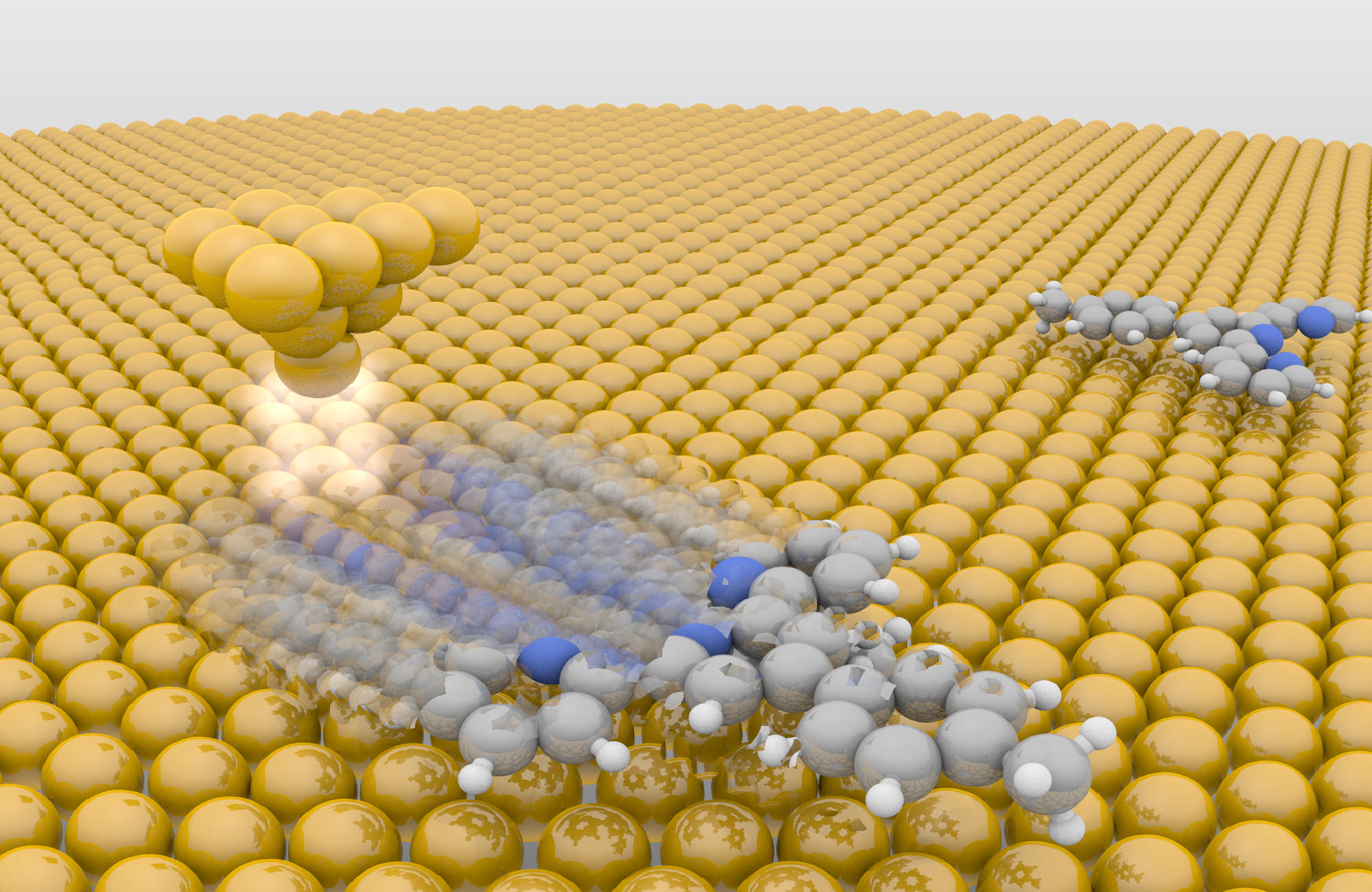
For greater precision, the scanning should be performed at a temperature near absolute zero, around -270 °C. This prevents the atoms that make up the track’s surface from being tossed about by thermal agitation. Once the molecule-car is on the racetrack, the driver uses the tip of the STM to supply energy and move the vehicle forward. To do this, the pilot can increase the voltage between the tip and the surface, or can leave the former at the same place on the molecule-car for a certain amount of time, between 100 milliseconds and a few seconds. In this latter scenario, the tunnel current’s small inelastic effect through the molecule-car increases the vibrational energy of some of its mechanical degrees of freedom, which moves the car forward step by step, generally a few hundred picometres at a time (1 pm=10-12m).
Can you describe the structure of the track on which the nanocars will race?
C. J.: The track was created on the surface of a pure gold crystal – in this case a pastille 8 mm in diameter – naturally featuring small grooves. These folds, which minimise the gold crystal’s surface energy, are arranged in straight lines of 100 to 200 nm, forming lanes for the molecule-cars. Track length differs from one gold pastille to another, as does the arrangement of narrow and wide grooves, which generally vary between 4-10 nm.
This layout depends on the preparation methods used by each competitor. At the end of each straight line in a given track, groups of atoms on the surface shift slightly, thereby creating a small bend – measuring between 4-5 nm with a curve of 20-30° – that connects it with the next straight line. This is the chief difficulty of the race, as a molecule-car can easily end up stuck on a bend. During the first NanoCar Race, drivers noticed that the most effective way to negotiate a turn was to bypass it on the right or left by following the next track.



This year eight teams will compete.4 What do their nanocars look like?
C. J.: Some molecule-cars, like the one from the Strasbourg Institute of Chemistry, have two wheels and a central chassis. Others, including that developed by the Spanish team from the Nanoscience IMDEA, have four wheels attached to a chassis. Those of the Japanese and French-Japanese teams have two wheels with paddles, and a foot at the back to protect the chassis from being crushed against the track’s surface. A dipole moment can be included in the frame via a small chemical grouping located at the front of the molecule. The prototype from Ohio University has two enormous wheels attached to a narrow chassis. The latter remains an essential feature regardless of the vehicle’s chemical structure. By raising the molecular structure to which the wheels or paddles are attached, the chassis reduces the molecule-car’s interactions with the track’s surface.

While most nanocars now rely on the dipole moment to move, some are still relying on the inelastic tunneling effect. What sets these two solutions apart?
C. J.: By equipping their nanocar with a dipole moment, most teams will try to precisely steer it by using the electric field between the tip of the microscope and the surface of the track. The dipole moment also makes it possible for the STM’s tip to attract the car when it is placed at the right distance. The objective is to cover the longest stretch for each pulse of voltage. The inelastic effect is a more challenging phenomenon to manage. It involves aiming the microscope’s tip at a particular zone of the molecule, with a precision of a few dozen picometres. This strategy provides much better control over the path of the car. This year’s race has a mandatory slalom, which is meant to show the high manoeuvrability achieved by new generations of molecule-cars. While this obligation has been the subject of intense scientific debate among the competitors, it has mostly helped improve molecular designs. We are looking forward to determining whether the dipole moment or the inelastic effect is more competitive in this slalom trial.
What changes have the race’s organisers made?
C. J.: The rules for this new edition have firstly banned moving the car by mechanically pushing it directly with the microscope’s tip. Unlike the first edition, where four of the six teams used the CEMES 4-tip STM microscope, this time each competitor will use their own STM microscope, which they will remotely control from Toulouse via the Internet. The teams also have to provide a high-definition image of their nanocar, with the help of the microscope, approximately every eight minutes. This new rule, called “image by image” by the international organising committee, should help the participants better negotiate the turns within a particular track.
As in 2017, the competition will be broadcast live on the Internet. Is there anything new in store in this regard?
C. J.: The experimental images generated by the “image by image” rule will allow each team to produce a short animation film retracing the path of the molecule-car every hour, with a precision of a few picometres. These video sequences will be broadcast on the NanoCar Race YouTube channel, where the public can follow each car’s trajectory. At the end of the event, which is planned to last 24 hours, the winner will be named – i.e. the team that covered the longest distance in a track and its turns using the same molecule-car. As the features and shape of the gold track vary substantially from one competitor to another, a bonus will be given to teams whose route includes the most turns.
Beyond the competition, the NanoCar Race provides an opportunity to advance research on molecular machines.
C. J.:This race indeed seeks to elucidate the physical and chemical phenomena that make a molecule-car move in a controlled manner over a surface. In 2017, during training sessions for the first NanoCar Race, the Japanese and German teams were able to move their car without difficulty using an inelastic tunneling effect. But on the day of the race, their vehicle got stuck, for no known reason so far.
What exactly are the scientific objectives of this new edition?
C. J.: It could shed new light on the Maxwell’s demon thought experiment. According to this hypothesis, which was posited in 1870 by the Scottish physicist James Clerk Maxwell, it is possible to violate the second law of thermodynamics. To achieve this feat, Maxwell brought into play a small imaginary being smaller than the spatial extension of the thermal fluctuations of the surface meant to support it. Today, this miniscule being could have the chemical structure of a molecule-motor that would work by exclusively capturing energy from its supporting surface.5 With regard to translational motion, it would rather involve a molecule-car exclusively borrowing energy from the surface, in order to always move in the same direction. In any event, this new NanoCar Race could help us move from the demon hypothesis to an actual experiment, paving the way for developing future molecule machines. The race will see two types of molecule machines competing for the very first time: those equipped with a dipole moment based on a traditional propulsion method, and others with inelastic tunneling effect motors from quantum physics. Detailed analysis of how these two categories of nanocar perform should allow us to confirm whether an intrinsic quantum effect, such as the inelastic tunneling effect, provides greater manoeuvrability without consuming too much energy.
Information
NanoCar Race II, March 24-25, 2022 at CEMES (La Boule), in Toulouse. The race will be broadcast on the event’s YouTube channel: https://www.youtube.com/channel/UCkQixqt0xegeVEmo9y9gMXQ
- 1. Centre d’élaboration de matériaux et d’études structurales (CNRS / Université Toulouse III - Paul-Sabatier / INSA Toulouse).
- 2. CNRS research professor at the CEMES NanoSciences Group (GNS).
- 3. In addition to the CEMES, the MEMO project includes the project coordinator Technische Universität Dresden (Germany), the Agencia estatal consejo superior de investigaciones cientificas (Spain), the University of Graz (Austria), Université de Liège (Belgium), and the University of Manchester (United Kingdom).
- 4. The eight teams selected this year are: (1) Université Toulouse III - Paul-Sabatier, CEMES (France), and the Nara Institute of Science and Technology (Japan), (2) Rice University and the University of Graz (US and Austria), (3) Technische Universität and the Center for Advancing Electronics Dresden (Germany), (4) Ohio University (US), (5) The Institute of Chemistry at Université de Strasbourg and the Strasbourg Institute of Physics and Chemistry of Materials (France), (6) the Donostia International Physics Center in San Sebastian and Universidade de Santiago de Compostela (Spain), (7) the International Center for Materials Nanoarchitectonics at the National Institute for Materials Science in Tsukuba (Japan), (8) the IMDEA Nanociencia of the University of Madrid (Spain) and Linköping University (Sweden).
- 5. This research topic will be investigated as part of the brand new European project ESiM (Energy storage in molecules), for which Christian Joachim serves as scientific coordinator.
Explore more
Author
After first studying biology, Grégory Fléchet graduated with a master of science journalism. His areas of interest include ecology, the environment and health. From Saint-Etienne, he moved to Paris in 2007, where he now works as a freelance journalist.















